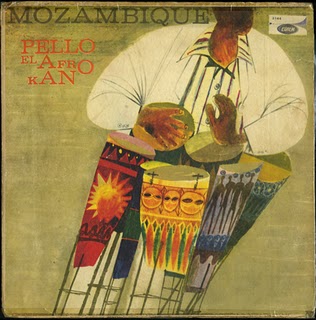11.3.4 Mozambique.

Mozambique was a Cuban rhythm created in 1963 by percussionist Pedro Izquierdo, known as Pello el Afrocán.
Pello el Afrocán, to create Mozambique, a Cuban musical genre, explored African influences, which are one of the roots of Cuban music. Mozambique is a rhythm that originates from the blend of different components, among which the Cuban conga and dances belonging to Afro-Cuban culture are based. It was characterized as a contagious rhythm.
Mozambique was spread by Pello el Afrocán’s own orchestra, which consisted of drums and trumpets, as well as singers and dancers. Initially, it used twelve congas, two bass drums, three bells, a pan, four trumpets, and three trombones.
Among Mozambique’s most famous songs are María Caracoles, Camina como cómico, and Ileana quiere chocolate, among others. It was a Cuban musical genre that gained widespread popularity and attention within music, both nationally and internationally, in the second half of the 1960s, and is recognized to this day as part of an illustrious era for Cubans.








